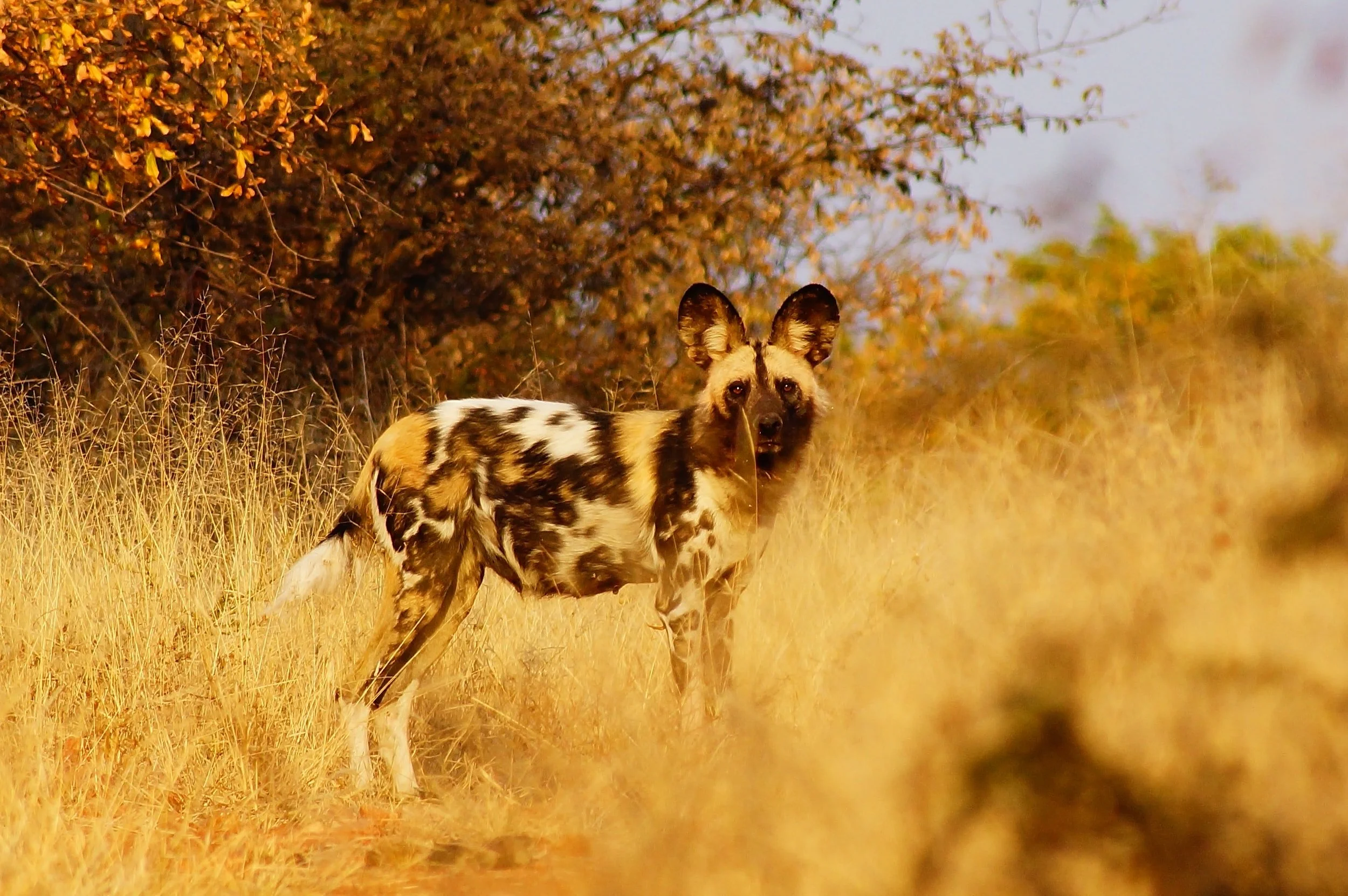In Mozambique, a living laboratory for nature’s renewal
African wild dog | Unsplash
At Gorongosa National Park, scarred by civil war, scientists are answering fundamental questions about ecology and evolution, and how wildlife recovers from devastation.
By Natalie Angier | New York Times
GORONGOSA NATIONAL PARK, MOZAMBIQUE — The 14 African wild dogs were ravenous, dashing back and forth along the fence of their open-air enclosure, or boma, bouncing madly on their pogo-stick legs, tweet-yipping their distinctive wild-dog calls, and wagging their bushy, white-tipped tails like contestants on a game show desperate to be seen.
Since arriving at the park three months earlier, as they acclimated to their new setting and forged the sort of immiscible bonds that make Lycaon pictus one of the most social mammals in the world, the dogs had grown accustomed to a daily delivery of a freshly killed antelope to feast on. But it had been nearly 48 hours since the pack’s last meal and, hello, anybody out there?
Ah, here comes the food truck now. Paola Bouley, the park’s associate director of carnivore conservation, and two of her colleagues rode up to the fence in a pickup, opened the gate, edged the vehicle just inside the boma and began lowering the carcass of a male impala. As she stood in the back of the truck, Ms. Bouley gripped a rope tied to the antelope’s rear legs, with the intention of luring the dogs from the comfort of their enclosure by slowly dragging their breakfast outside. Nice idea, but the dogs couldn’t wait.
“This is a very special time for me,” said Pedro Muagura, Gorongosa’s park warden. In Mozambique, he said, many families have a totem animal, and his family’s is the wild dog. Yet until the gang of 14 had been relocated from several sites in eastern South Africa as part of Gorongosa’s restoration plan, the only time Mr. Muagura had encountered a wild dog was as roadkill.
““To see live dogs in my own country, to have them released into Gorongosa. That is a beautiful thing.””

